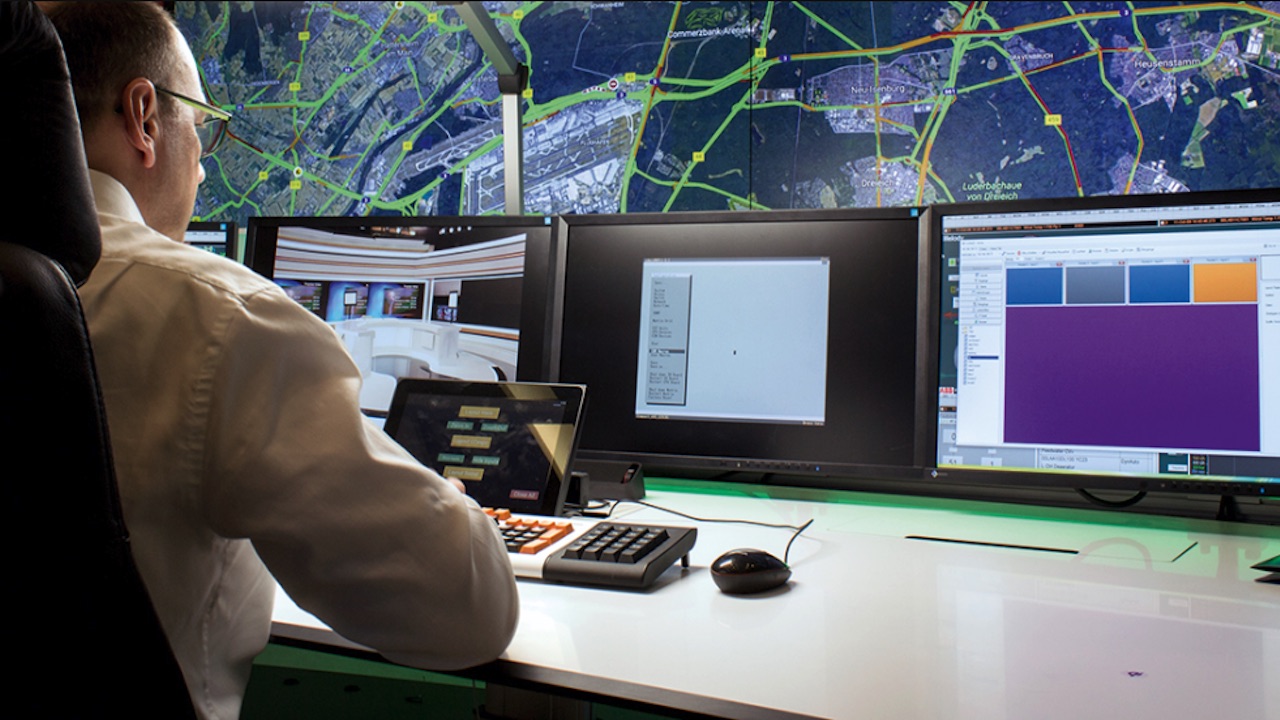The control room market is amid a major transition. For the last several years, it’s been shifting from an environment with strictly AV-managed signals to one incorporating those that are IP based. While other sectors are years into its AV/IT convergence, this segment of the AV market is in its infancy due to stringent security, quality, and reliability requirements. As the AV-over-IP trend matures, it’s presenting evolving video wall requirements that AV managers must understand and prepare for to achieve organizational objectives.
New developments in network, software, and hardware technology certainly play a role in this journey, but the biggest influence is the increased affordability of high-bandwidth networks. A stronger, more efficient network means control rooms can now reliably support a variety of IP- and IT-based sources with the best quality and the lowest possible latency. This includes traditional AV sources such as HDMI set-top boxes (STBs) and DVI signals from PCs alongside IT sources—web pages, cloud applications, screen capture (VNC), and KPI dashboards—and emerging AV-over-IP sources such as IP cameras and Ultra HD IP-encoded streams.
The most pressing challenge now is providing an intuitive way for operators to control the growing number of sources, and to be able to do it from any screen. Operators expect seamless continuity between their workstation and the video wall, which is no longer a static board of information but rather an extension of the desktop. Whether they’re working at their desk or controlling the video wall, the experience should be no different. This requires KVM functionality control, both on the desktop and the video wall itself, without any complex steps for the operator. For example, recently developed KVM solutions allow operators to simply use a mouse to pass over any window on screen and take control of that source from their desktop, as well as extend that worksurface to a video wall.
Another consideration is that although more organizations are using IP, most are still migrating and will be for several years to come. They may also have areas where network connectivity is prohibited for security purposes. In order to manage all the different source types within the application and smooth the transition from AV to AV-over-IP, hybrid solutions are a must. Hybrid solutions not only accommodate traditional AV sources but are also advanced enough to give organizations the capability to transmit AV-over-IP sources within one system.
Hybrid solutions are also more cost effective and productive than buying a purely IP-based solution. To convert all AV sources to IP demands a large investment in time and hardware. Hybrid solutions allow organizations to migrate at their own pace and more affordably. Traditionally, control rooms have been designed for a five-to-10-year lifecycle. However, with technology evolving so quickly, in order to maintain this life expectancy, designers need to consider a scalable solution that can easily be upgraded in the field. A strictly AV system will certainly not last 10 years anymore, but a hybrid system can be gradually upgraded as technology evolves and perhaps even extend the expected buying cycle. With such a comprehensive, scalable platform, organizations will be able to protect their investment while ensuring that tech managers have the tools that they’ll need to support operators quickly and efficiently, now and in the future. The objective of any control room or visualization space is to be able to control what you see, which is why it’s important to take clear, actionable steps now.
Paul Vander Plaetse is the CEO of VuWall.
